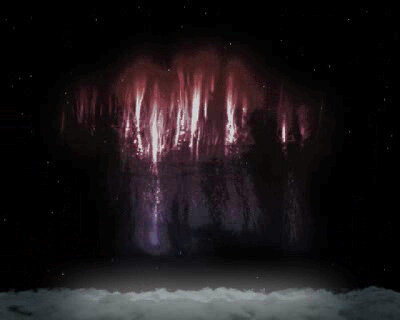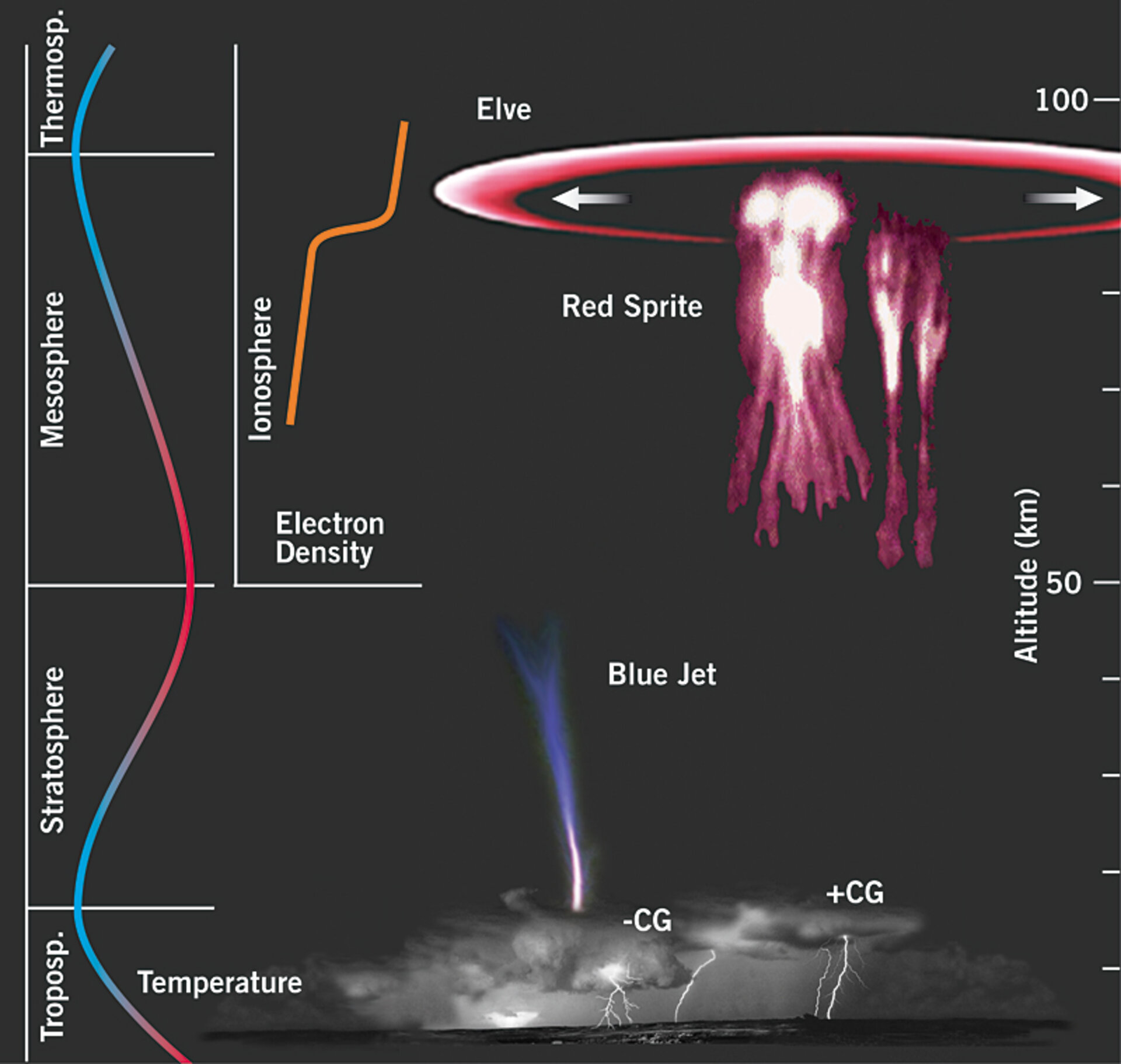Closing in on sprites
ESA has given the go ahead for preparations to use the International Space Station for further studies of the mysterious gigantic lightning effects, often referred to as 'blue jets', 'red sprites' and 'elves', that take place in the Earth's upper atmosphere.
Phase B of a project to study these phenomena will commence at the beginning of 2007. During this design phase, which will last around 18 months, final specifications will be drawn up and prototypes built and tested for an Atmosphere-Space Interactions Monitor – a camera capable of imaging the gigantic flashes. ESA will then decide whether to fly the instruments on board the International Space Station (ISS).
This project is a continuation of previous efforts to use the ISS to study the mysterious gigantic flashes. In 2001, French ESA astronaut Claudie Haigneré used a specially designed microcamera to photograph the flashes during her mission to the ISS, as did ESA astronauts Frank de Winne in 2002, Pedro Duque in 2003 and André Kuipers in 2004.
The flashes cover vast areas in the upper atmosphere and are often very colourful, hence the names 'blue jets', 'red sprites' and 'elves'. However, they are rarely visible from the Earth as they are normally hidden by clouds.
"We want to find out what causes these giant flashes and how often they occur," says senior scientist Torsten Neubert, head of the project at the Danish National Space Center.

"The electric bursts may raise the level of ozone in the atmosphere, which in turn may influence the Earth's climate. We need to understand the natural processes influencing the climate in order to establish which effects are caused by humans".
For a number of years now scientists from the Danish National Space Center have been studying the flashes using cameras placed on mountain tops in Corsica and the Pyrenees. Every now and then the cameras succeed in capturing a flash coming from a thunder cloud at a low altitude.
"The ISS has a most suitable orbit for studying these phenomena. It is low, at 370 to 460 km, and close to the equator giving a permanent view of the vast thunder areas around the equator and the gigantic lightning. This dramatically increases the chances of observing these interesting phenomena," says Torsten Neubert.
The project is to be carried out by a consortium which includes the Danish National Space Center, the Technical University of Denmark, the University of Bergen in Norway, the University of Valencia in Spain and a number of Danish companies. If final approval is received, the aim is to launch the instruments to the ISS in 2010 or 2011.






